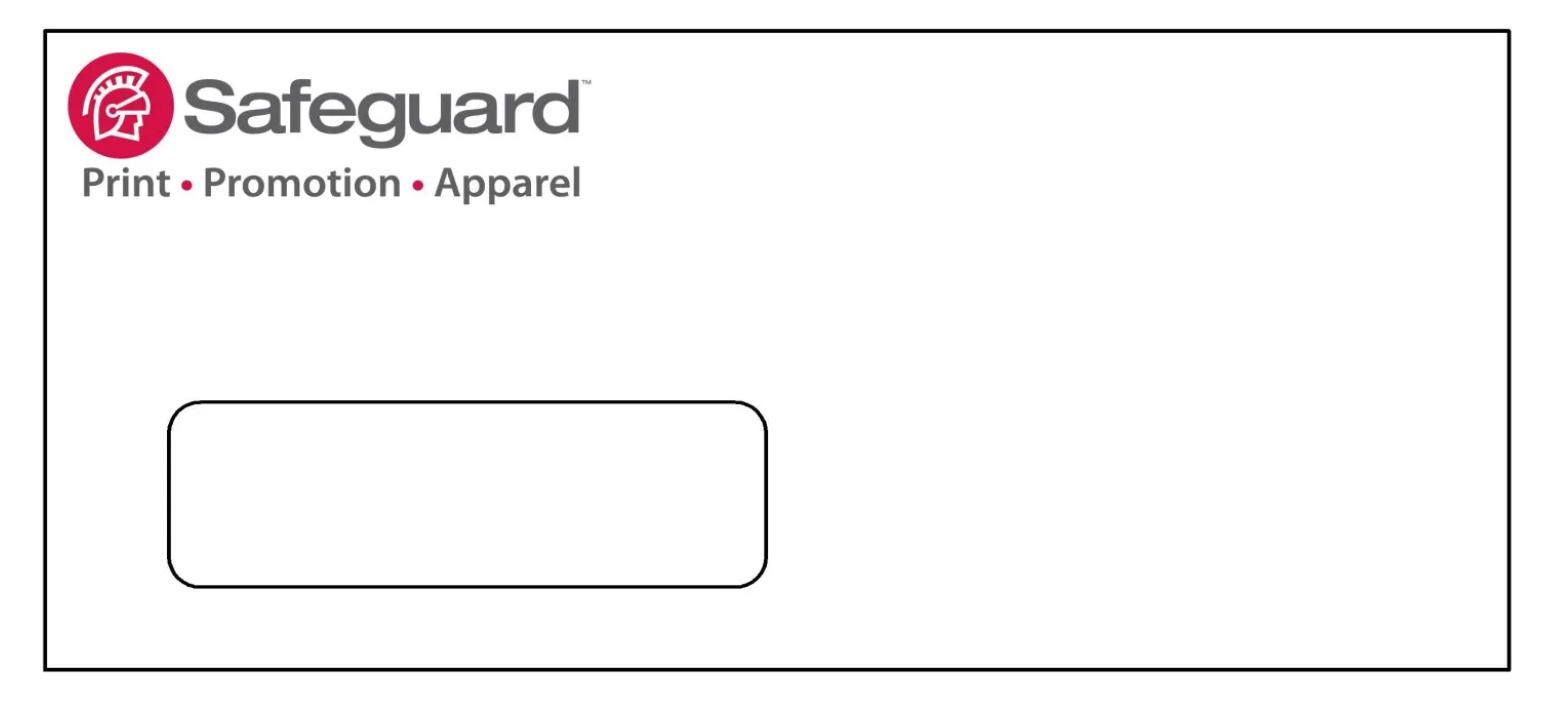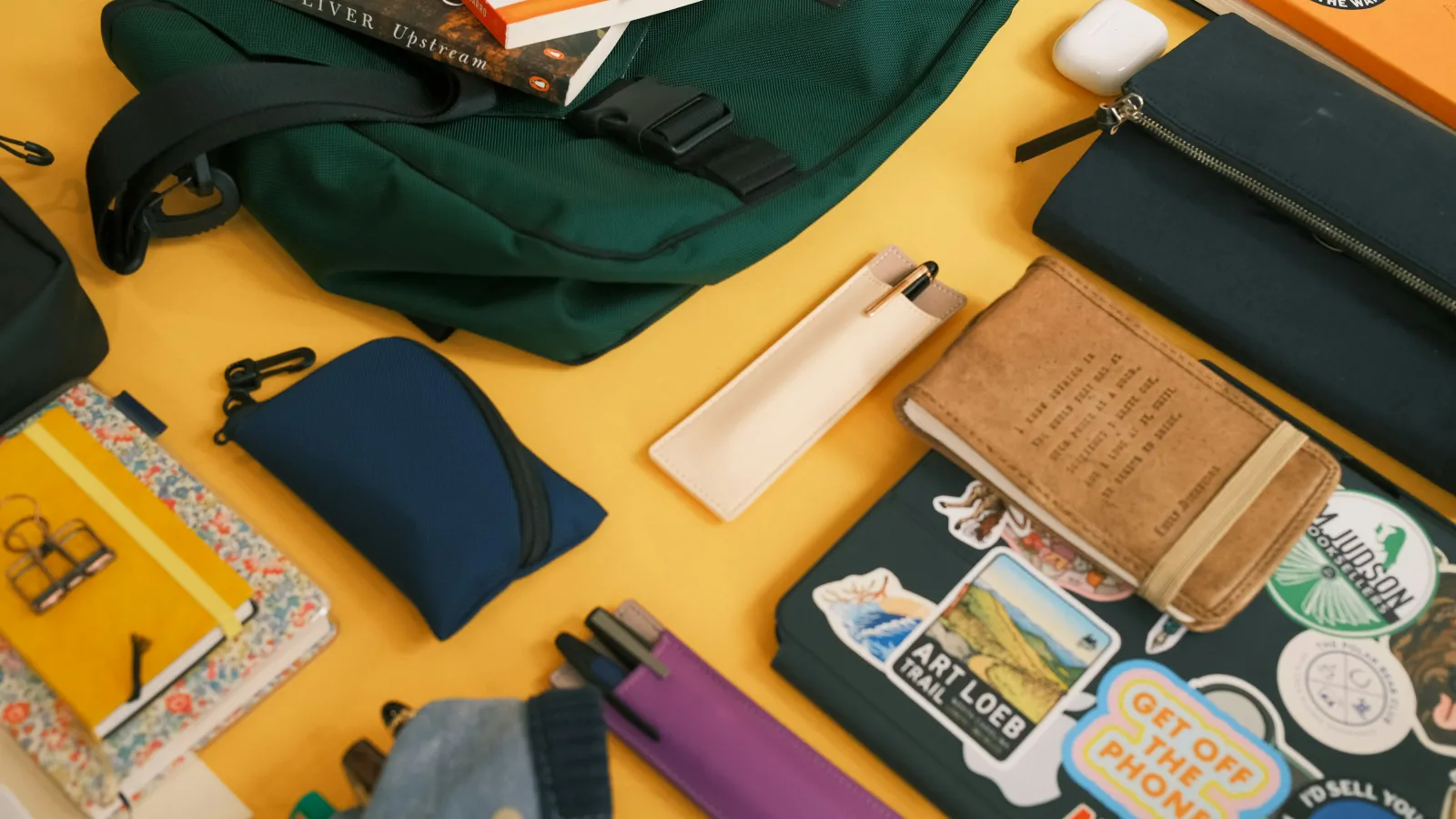Envelopes are more than just paper casings for letters and documents.
They come in a variety of styles, each designed for a specific purpose.
Whether you're a small business owner, a marketing professional, or simply someone looking to send a personal letter, understanding different envelope styles can help you make the right choice for your mailing needs.
In this guide, we'll explore various envelope styles, their uses, and how to choose the right one for you.
Understanding Envelope Styles and Their Uses
The style of an envelope can greatly impact its function.
Different styles are designed to accommodate various types of content, from letters and invoices to catalogs and bulky items.
Choosing the right envelope style not only ensures your content fits properly but also presents it in a professional and appealing manner.
Here are some common uses for different envelope styles:
- Standard Business Envelopes: Ideal for letters, invoices, and direct mail.
- Window Envelopes: Perfect for billing and invoices that need to show an address through the window.
- Catalog Envelopes: Designed for bulky items like catalogs, brochures, and large documents.
- Custom Envelopes: Used for branding purposes, these can be customized with logos, colors, and unique designs.
Common Envelope Types Explained
Envelopes come in a variety of types, each designed for a specific purpose.
Understanding these types can help you choose the right envelope for your mailing needs.
Here are some common envelope types:
- Standard Business Envelopes: These are the most common type of envelopes used for everyday mailing.
- Window Envelopes: These envelopes have a clear window that displays the recipient's address.
- Catalog Envelopes: These are larger envelopes designed to hold catalogs, brochures, and other bulky items.
- Padded Envelopes: These envelopes have a layer of padding for added protection.
- Rigid Envelopes: These envelopes are made of stiff material to protect documents from bending.
Each of these envelope types comes in various sizes and styles.
Let's take a closer look at some of the most popular envelope styles.
#10 Business Envelopes
The #10 business envelope is a standard in professional correspondence.
It's perfect for mailing letters, invoices, and checks.

Window Envelopes
Window envelopes are ideal for billing and invoices.
The clear window allows the recipient's address to be visible without opening the envelope.
Catalog Envelopes
Catalog envelopes are designed for mailing bulky items.
They are larger and more durable than standard business envelopes.
10 x 13 Catalog Envelopes
10 x 13 catalog envelopes are a popular choice for mailing catalogs and brochures.
Their large size can accommodate multiple pages without folding.
Choosing the Right Size for Shipping Envelopes

Selecting the right size for your shipping envelopes is crucial.
It ensures that your items fit well and are protected during transit.
Here are some factors to consider when choosing a shipping envelope size:
- Content Size: The size of the items you're mailing.
- Protection: Larger envelopes may provide more protection for fragile items.
- Postage Costs: Larger envelopes may cost more to mail.
Shipping Envelopes Sizes
Shipping envelopes come in a variety of sizes.
The most common sizes range from 6 x 9 inches to 10 x 13 inches.
For larger items, you may need to use a catalog envelope or a padded mailer.
Customization Options for Envelopes
Customizing your envelopes can make a big difference.
It can enhance your brand image and make your mail stand out.
From printing your logo to choosing unique colors, the options are endless.
Custom Shipping Envelopes
Custom shipping envelopes are a great way to promote your brand.
They can be printed with your logo, tagline, or any design of your choice.
Custom Printed Window Envelopes
Custom printed window envelopes are perfect for business correspondence.
They allow the recipient's address to show through, eliminating the need for address labels.
Envelope Sealing Methods
The way an envelope is sealed is crucial.
It not only ensures the contents stay inside, but also contributes to the overall look and feel.
There are three main types of envelope sealing methods:
- Gummed: This traditional method requires moisture to activate the adhesive. It's reliable and widely used.
- Self-seal: These envelopes have a strip of adhesive that seals when pressed together. They're convenient and mess-free.
- Peel-and-seal: This method has a protective strip over the adhesive. You peel it off and press to seal. It's the easiest and most secure method.
Business Envelopes with Window: Features and Benefits
Business envelopes with windows offer a unique advantage.
They allow the recipient's address to be visible through a clear window, eliminating the need for address labels.
This feature saves time and resources, especially for businesses sending out large volumes of mail.
Moreover, it presents a professional image, making it a popular choice for invoices, statements, and official correspondence.
Conclusion: Selecting the Best Envelope for Your Needs
Choosing the right envelope style is crucial for effective communication.
Consider the purpose, size, and presentation of your mail to select the best fit. With a variety of styles available, you can find the perfect envelope for every need.
Glossary of Envelope-Related Terms
To help you navigate the world of envelopes, here's a quick glossary of common terms:
- Business Envelope: Standard envelope used for business correspondence.
- Catalog Envelope: Large, open-end envelope for mailing catalogs or bulky items.
- Window Envelope: Envelope with a clear window to display the recipient's address.
- Custom Envelope: Envelope customized with a company's branding or unique design.
- Sealing Method: The way an envelope is sealed, such as gummed, self-seal, or peel-and-seal.
- Envelope Size: The dimensions of an envelope, typically expressed in inches.
Are you looking for more information on different types of envelopes or ready to order some for your business? Reach out to us at 800-763-5454 or submit our quote request form and we would be happy to reach out to you for a consultation.



